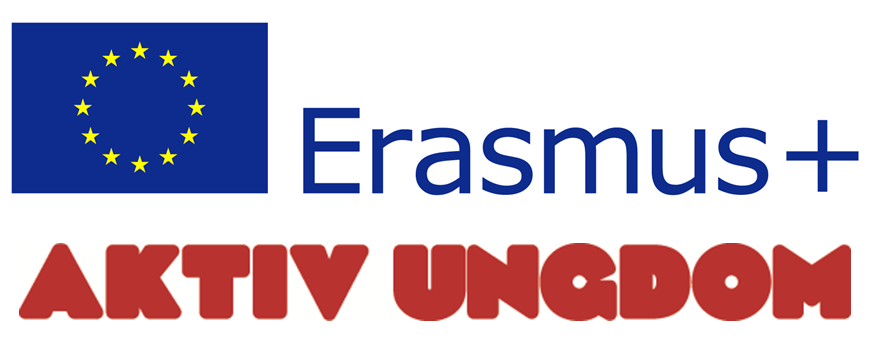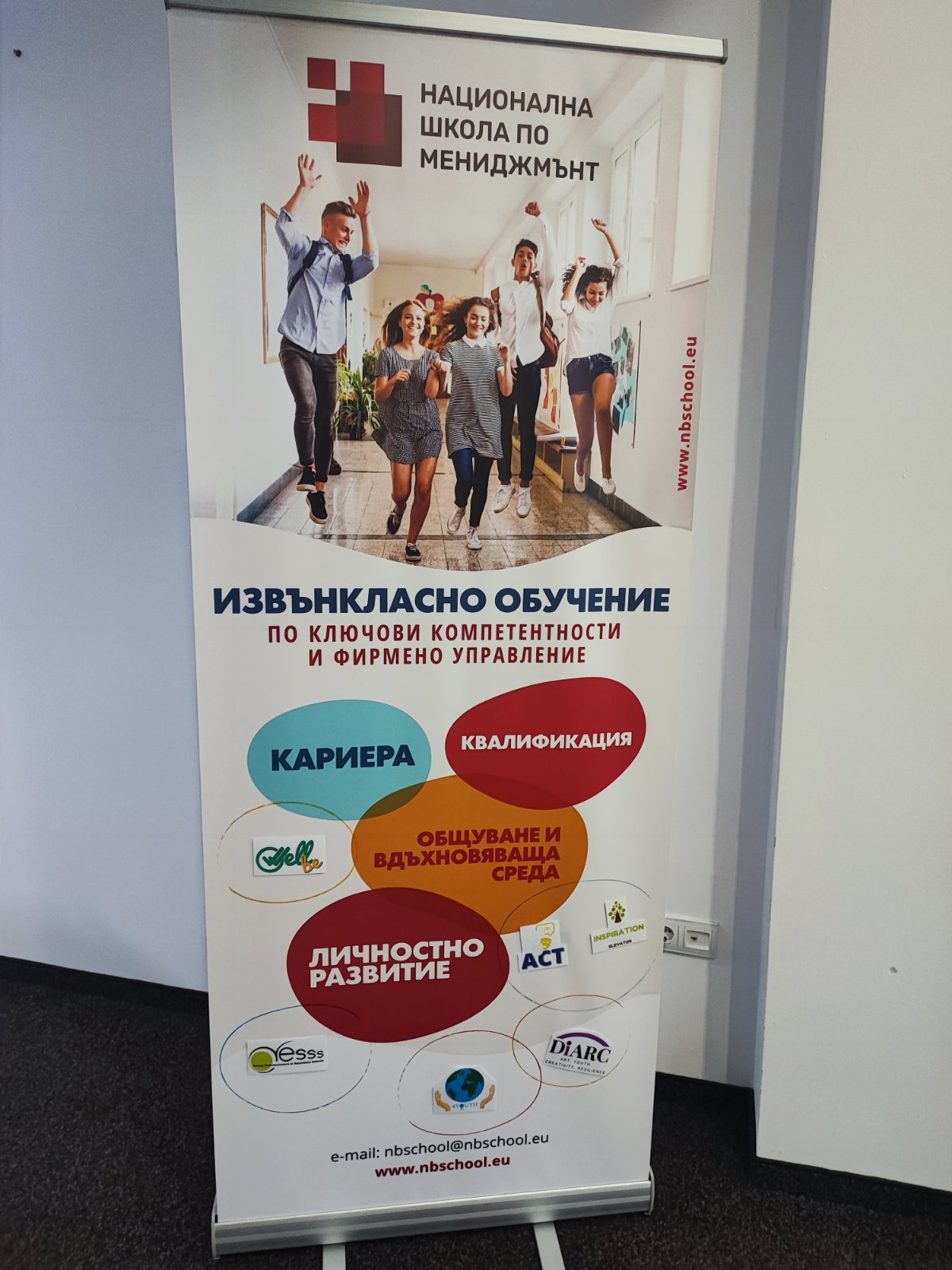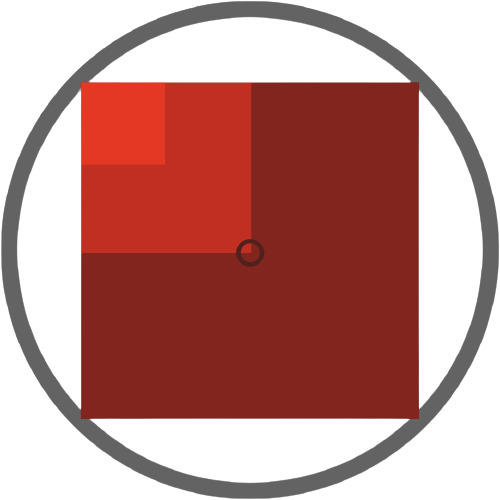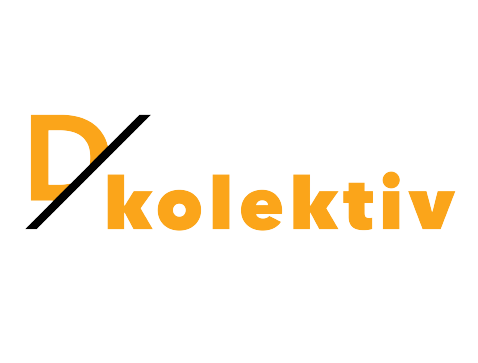DESIGN THINKING
The design thinking method is in the bottom of the innovation approach of Inspiration elevator project.
Target group
The immediate target group are youth workers. The end users of our efforts are youth at risk. In each partner countries there will be an emphasis on specific youth sub-groups
innovation Products
Our project will bring to life a methodological manual for introducing design thinking in youth work and coach app for youth workers to develop their design thinking mindset.
The INSPIRATION ELEVATOR project combines the efforts of 4 EU partners.
Our consortium represents three main regions of Europe – Nordic (Norway), Central (Austria) and South Eastern (Bulgaria and Croatia). The starting point of our joint effort is supporting youth workers in introducing, organizing and implementing design thinking processes in their daily interventions with youth in risk, which will enhance youth employability and employment prospects.
The INSPIRATION ELEVATOR project has evolved taking into consideration the concrete national realities in each partner country. As part of preparing project concept, each partner conducted a national research to confirm the validity of our project direction. The development of our project idea coincided with the COVID-19 outbreak. We have tried to reflect on the impact from this unprecedented development on the field we are focusing, i.e. youth unemployment and youth work interventions to alleviate this negative phenomenon.
OUR RESOURCES
OUR INTELLECTUAL PRODUCTS IN SERVICE OF YOUNG PEOPLE IN RISK
INSPIRATION ELEVATOR MANUAL
The Manual provides youth workers with comprehensive methodological guide for embedding design thinking principles and processes in their youth work services.
INSPIRATION ELEVATOR APP
The App provides a self-paced 24/7 “trainer” for youth workers, which supports them in building their design thinking mindset.
Latest news
Discover the latest developments of our Inspiration elevator project.

This project (project n° 2020-2-NO02-KA205-001714) has been funded with support from the European Commission. This publication reflects the views only of the author, and the Commission cannot be held responsible for any use which may be made of the information contained therein.








